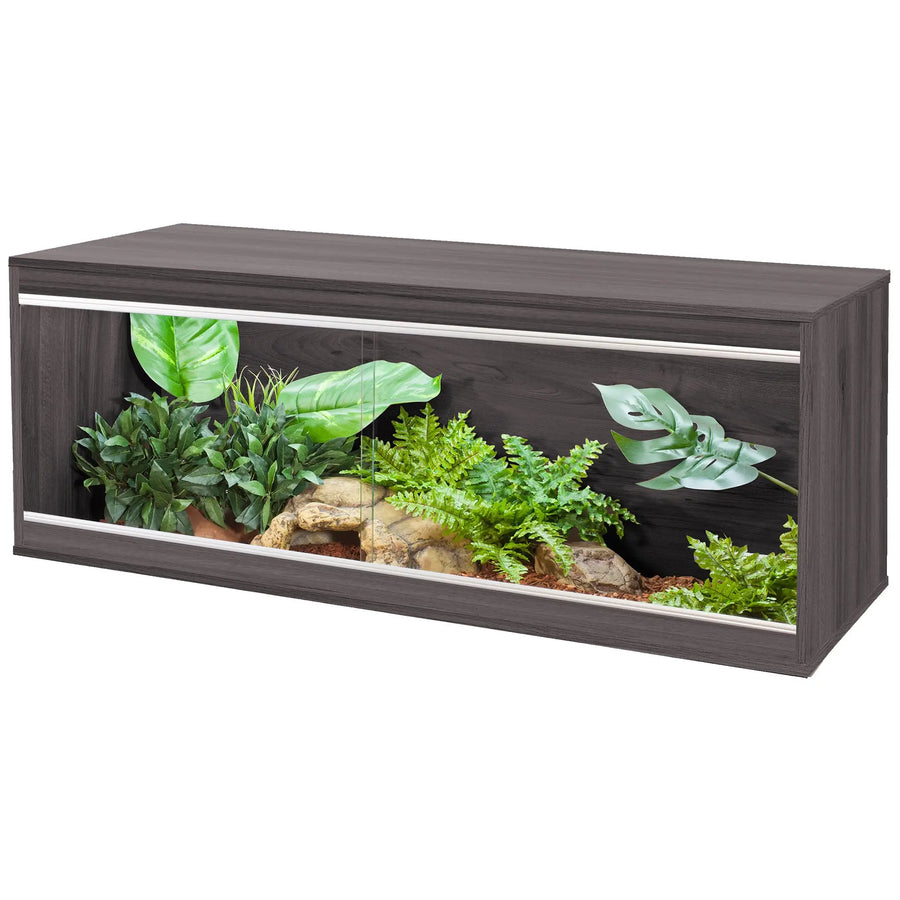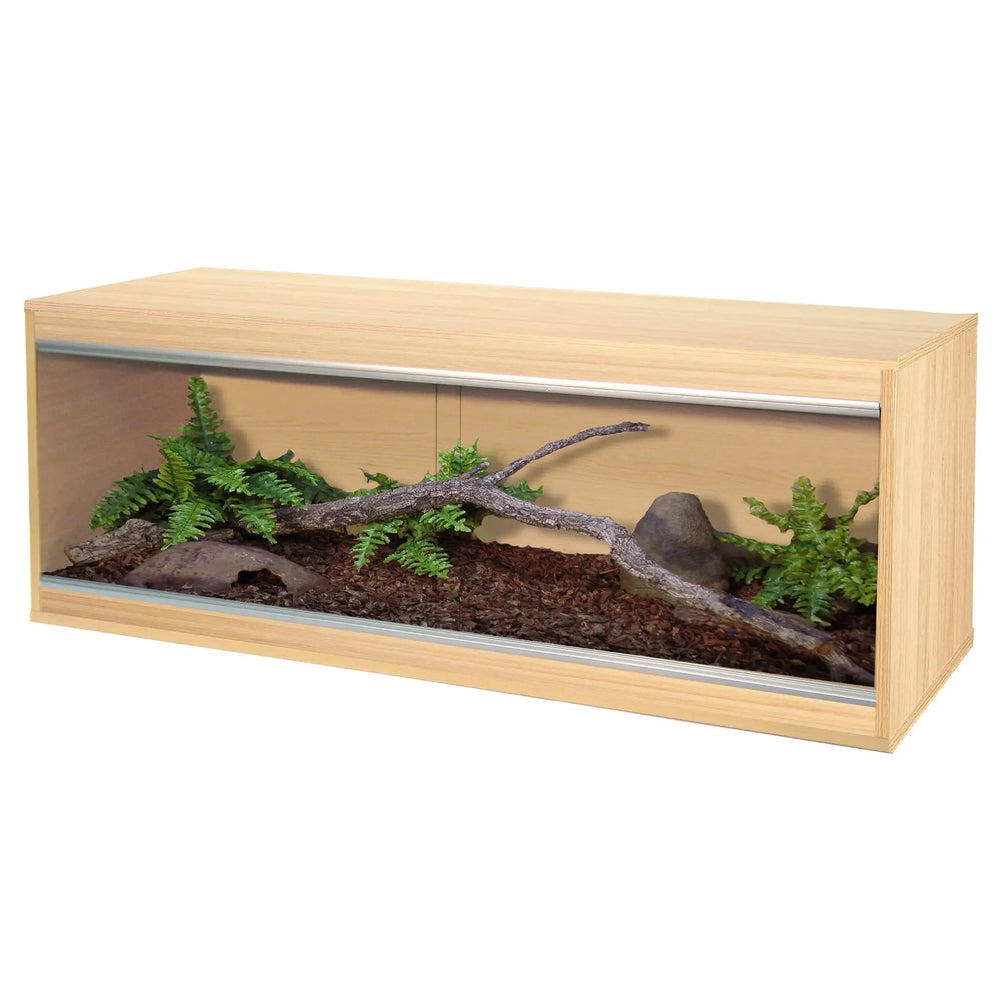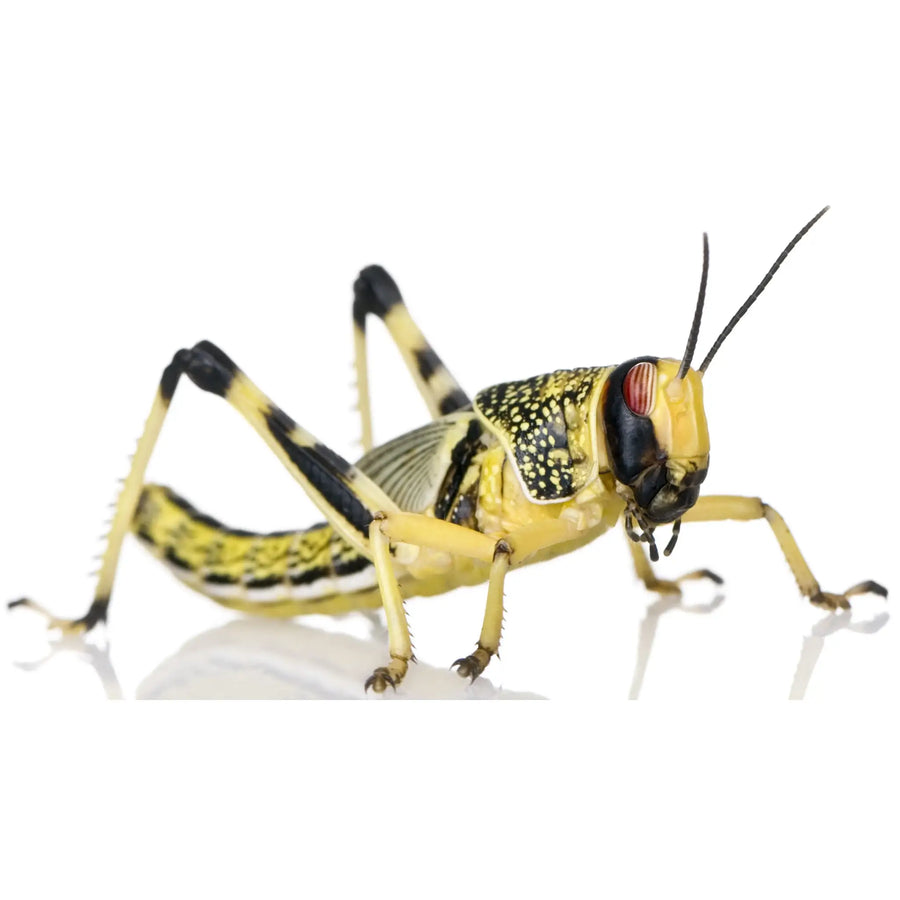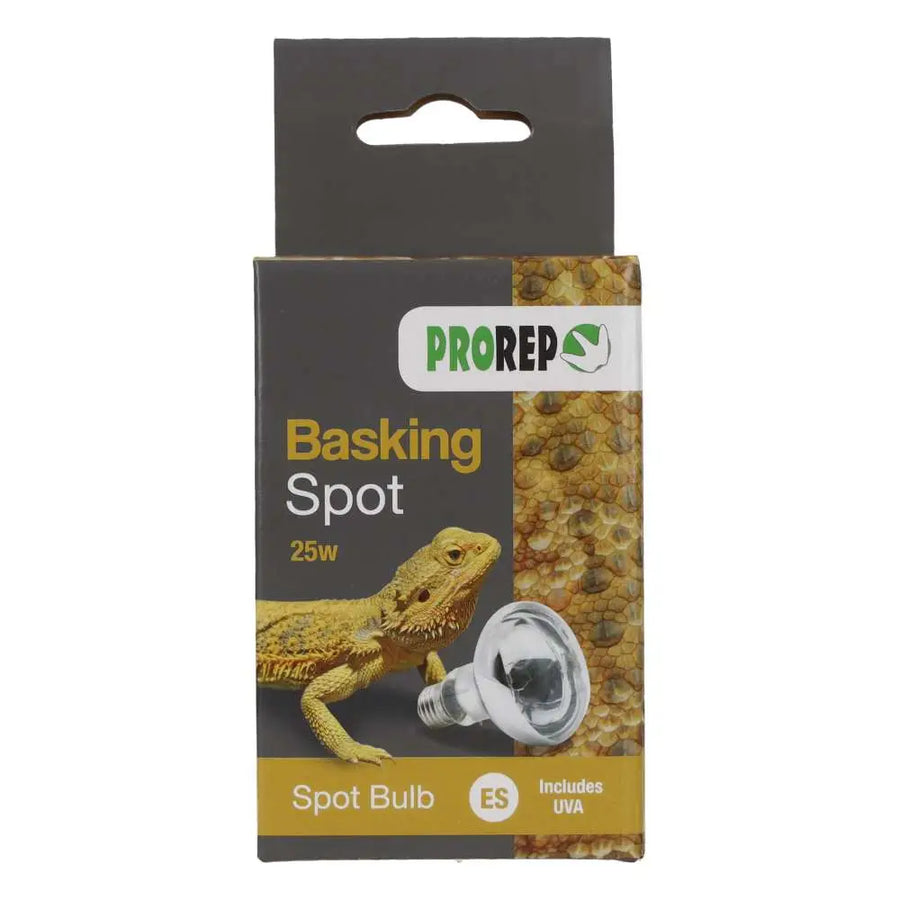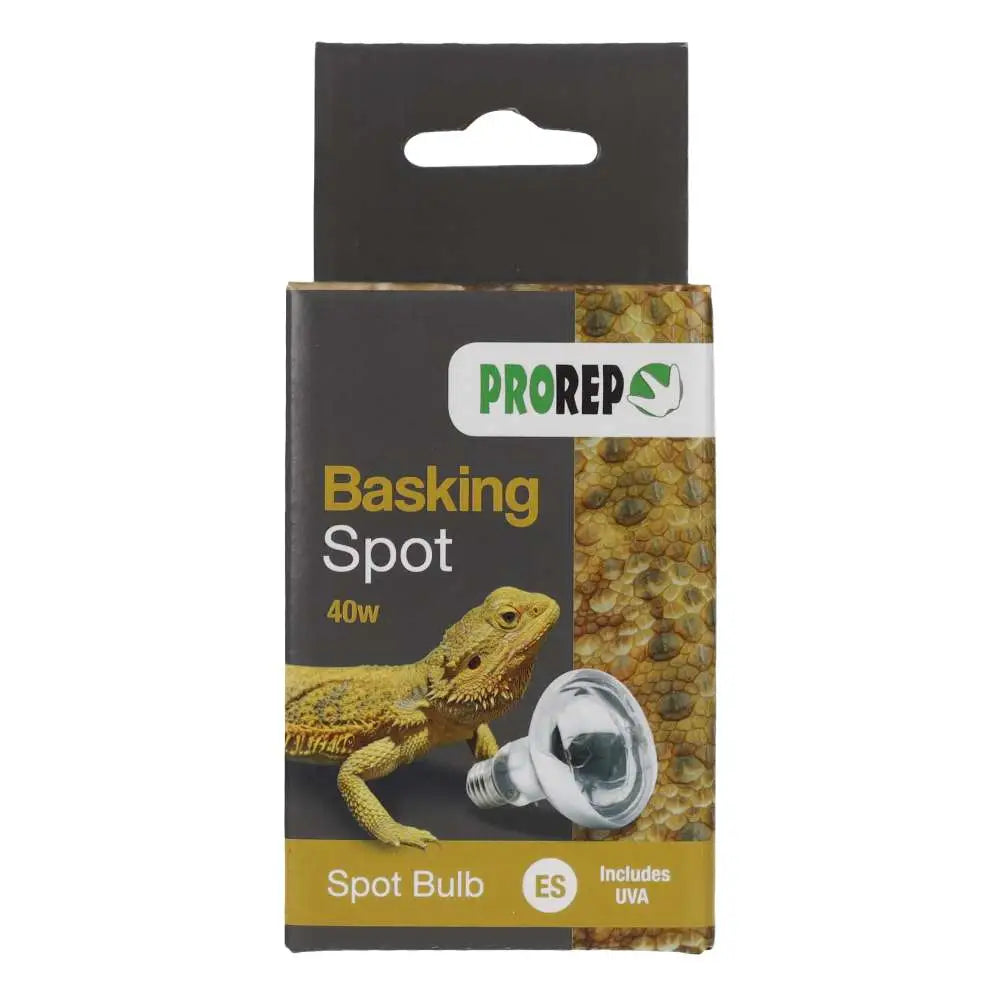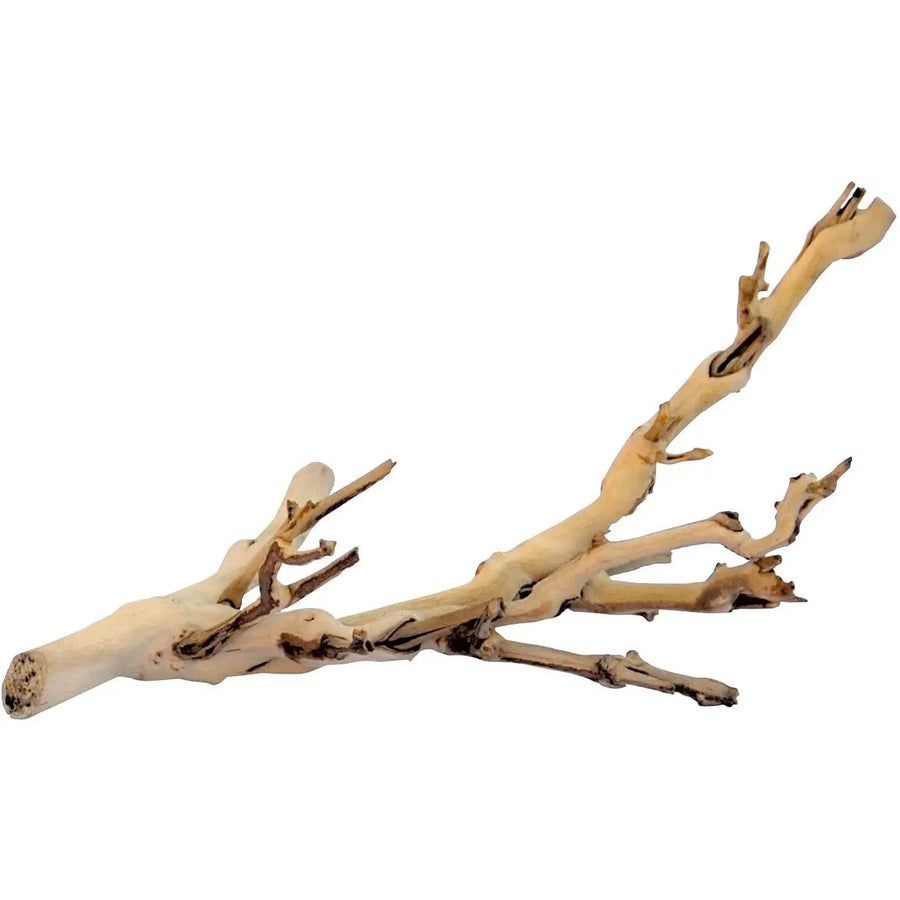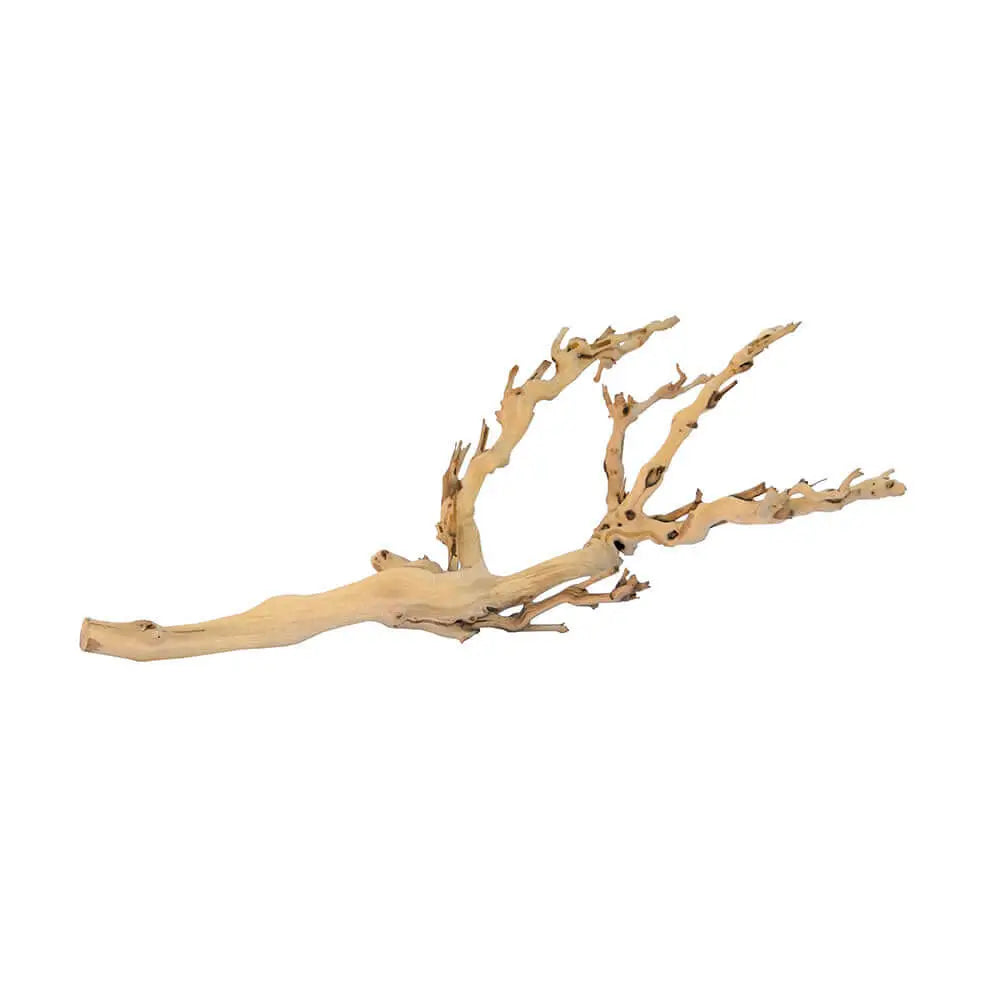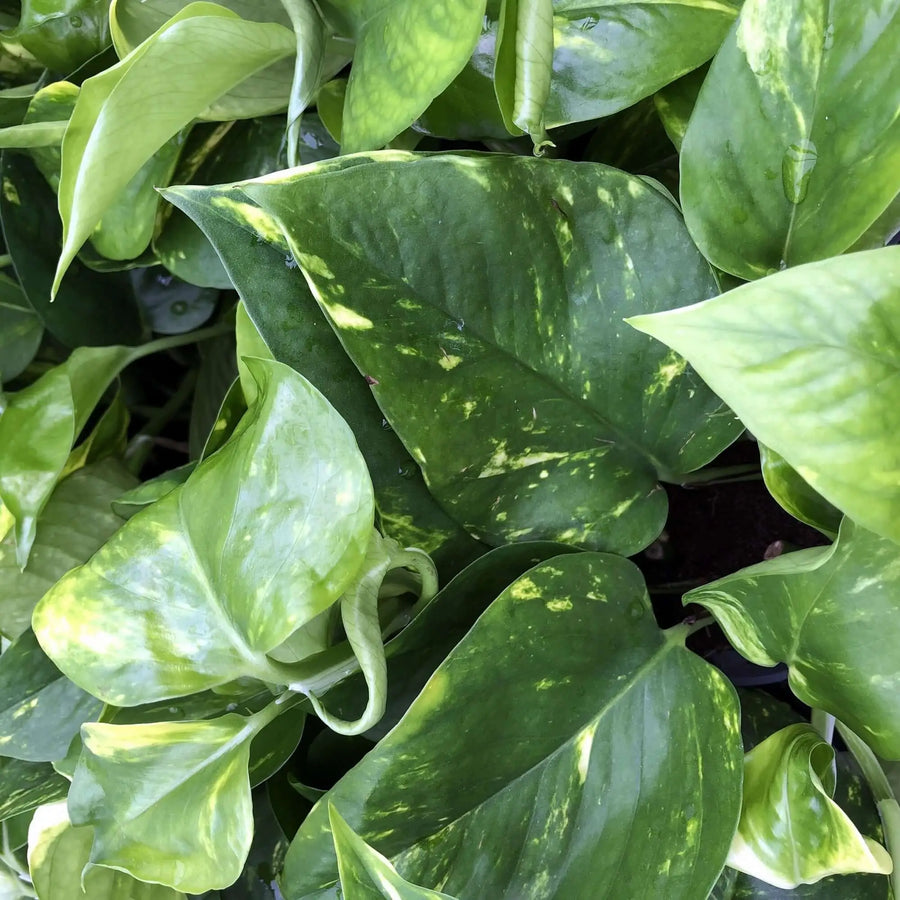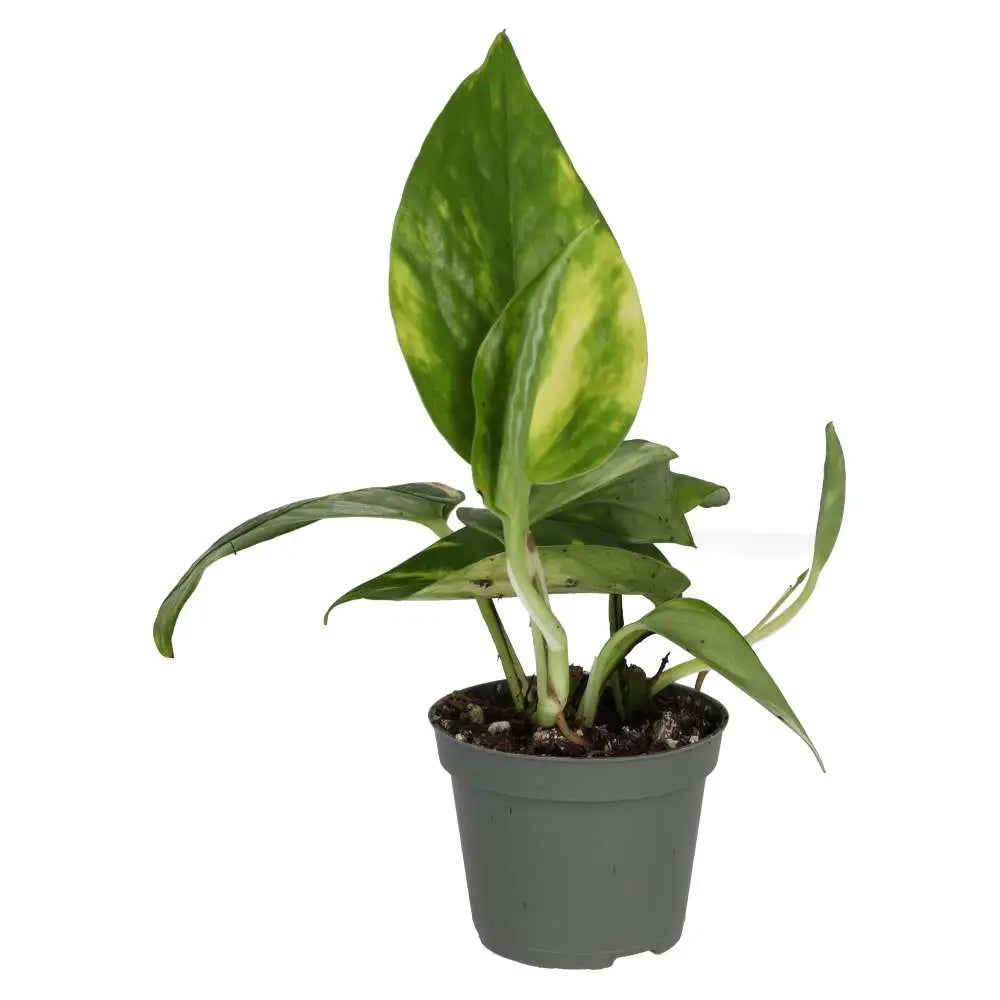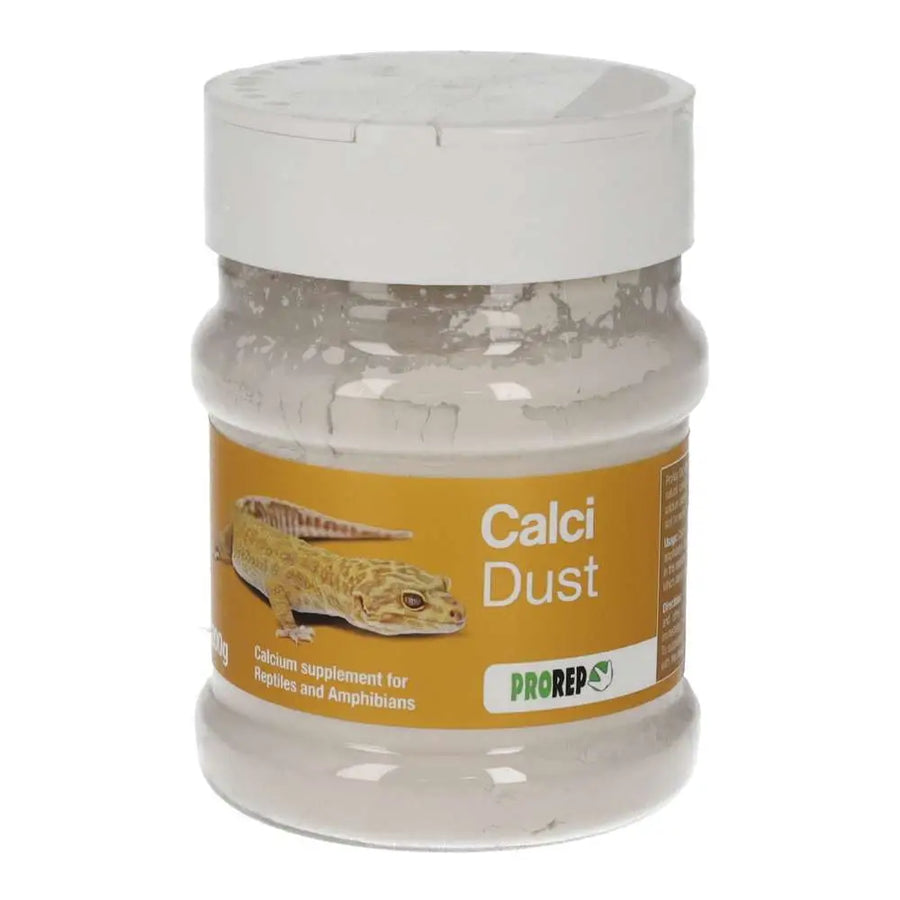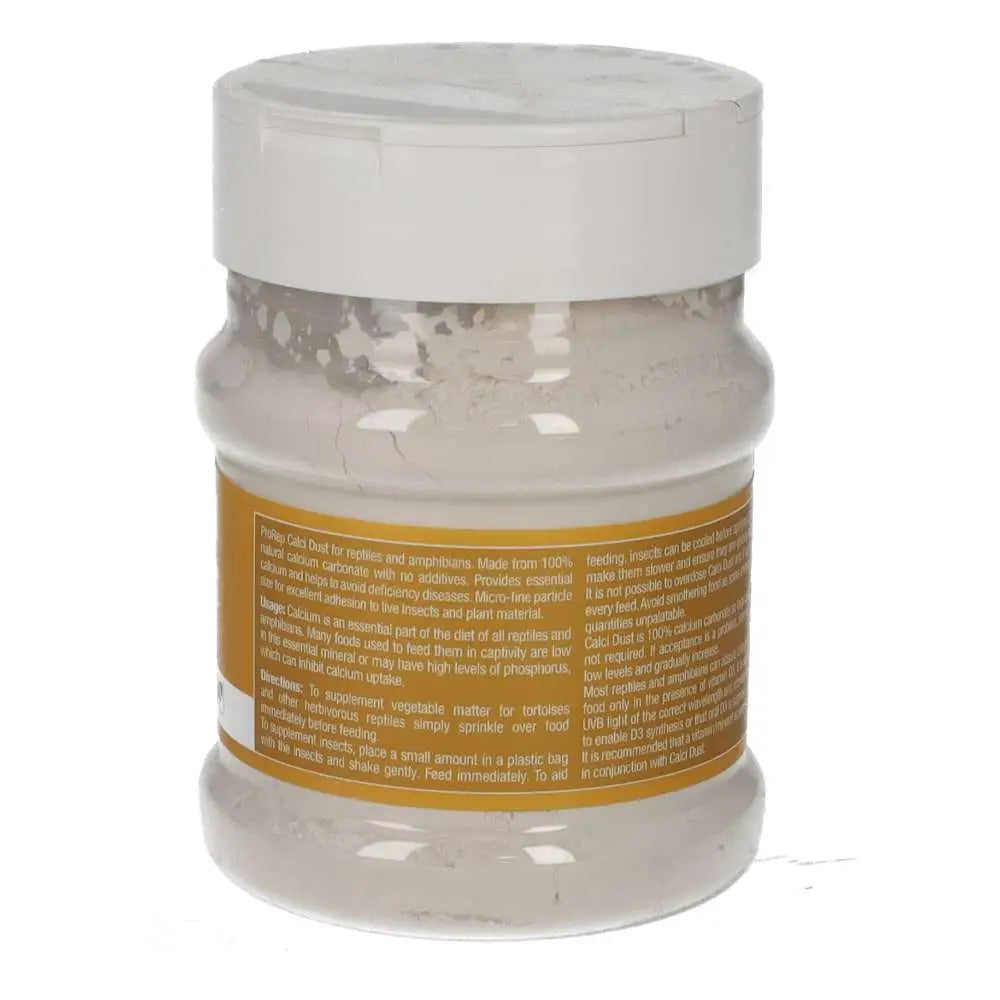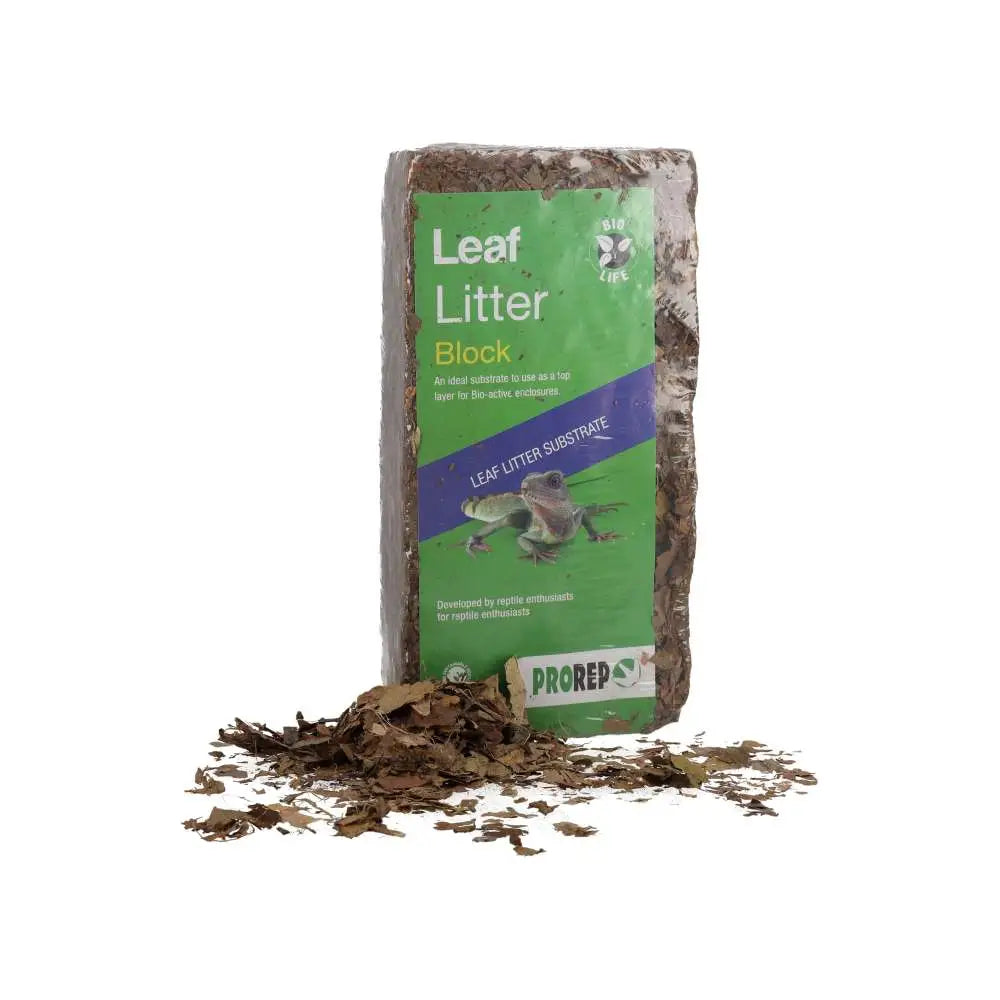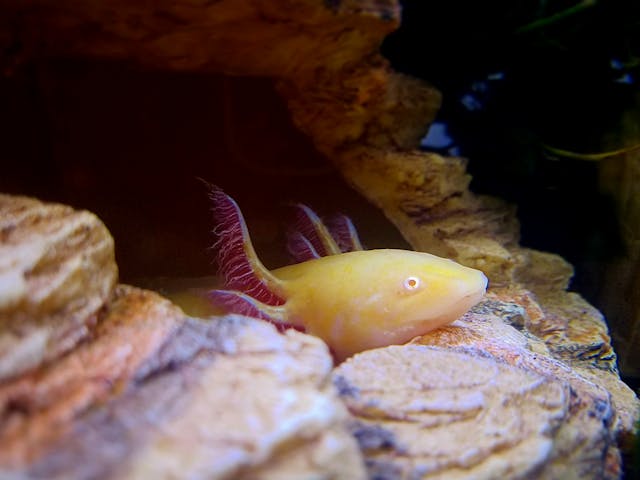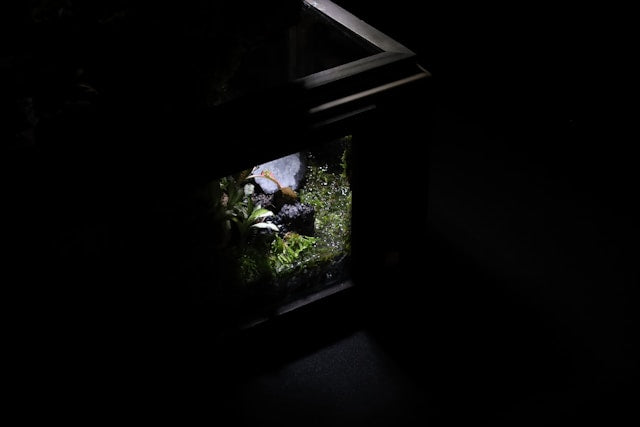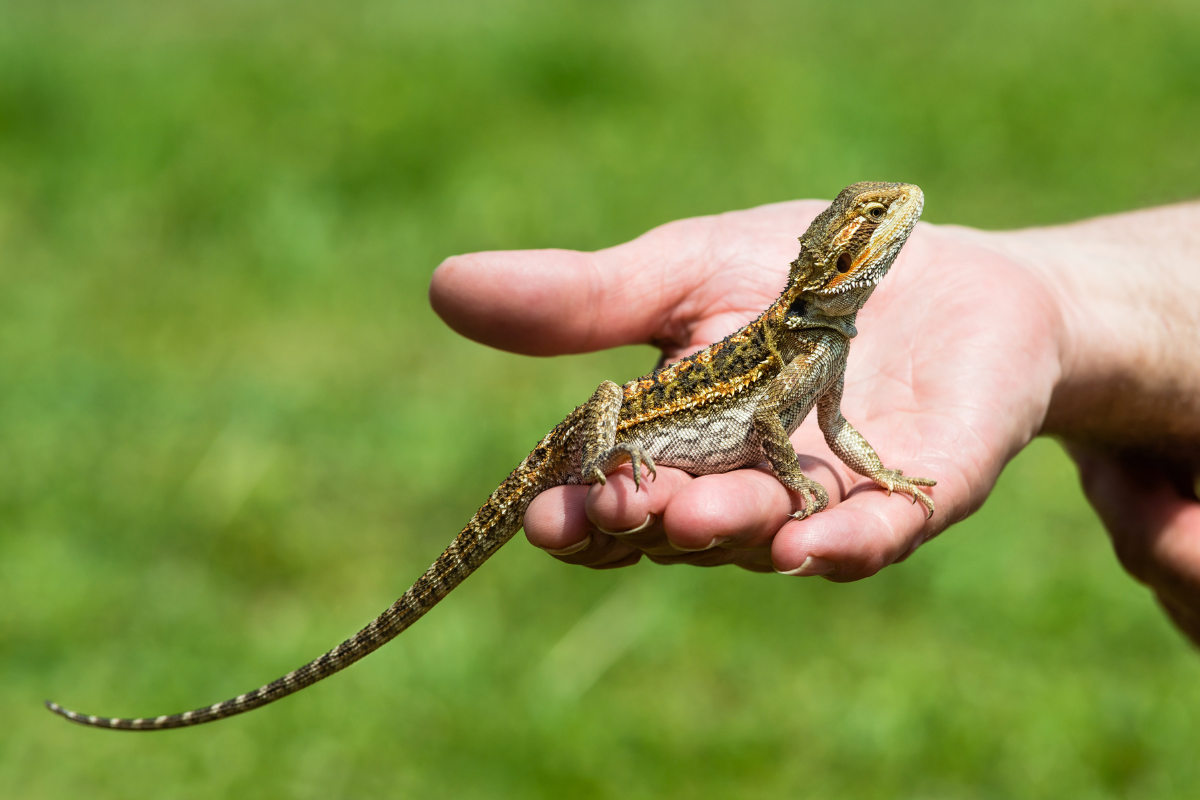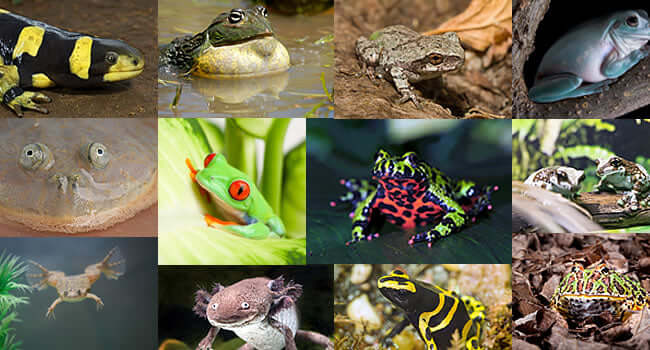
10 Best Pet Frogs for Beginners
by Luke Tansley on in Amphibians
One of the most frequently asked questions we get is, ‘which is the best pet for a beginner?‘ We have many fantastic exotic pets available at Reptile Centre, but not all of them are easy to look after if you don’t have experience. Don’t stress, as we’re going to cover the 10 best pet frogs for beginners right now!
Frogs are a very popular pet for people looking for a stunning feature terrarium for their home. This is because they can live happily in a relatively small space and don’t require much attention to thrive. Additionally, they can be kept as an interactive pet or as part of a larger living terrarium.
Their husbandry is simple, making them a great choice for beginners or young keepers. Their enclosures can be as simple or as complicated as you would like. Eventually, you may find yourself with a living rainforest serviced by automatic foggers, sprayers, lighting and heating!
Top tip: Please remember that when handling pet frogs, it’s essential to do so with clean hands or chemical-free gloves to keep the frog safe.
1. Horned Frogs (Ceratophrys sp.)

Also known as the Pacman frog or the Argentine horned frog, these are a large ground-dwelling species that love to burrow into soil or moss. They are commonly sold in a variety of colour morphs, such as ‘Albino’, ‘Tri-colour' or ‘Fantasy'. Aside from lighting for an albino, the care is exactly the same across these variations.
When fully grown, Pacman frogs can grow to around 8 inches in length and are generally feisty, but they can be held from behind once you get used to picking them up. The Pacman frog is great for beginners, as their environment is easy to set up and they have a simple diet.
2. Gray Tree Frogs (Hyla chrysoscelis)

Gray tree frogs are small tree-dwelling frogs commonly found in North America and Canada. They are the smallest arboreal frog on this list and probably the quickest too.
A gray tree frog is a little difficult to catch, and handling them can be stressful for the frog, so they aren't the most interactive pet. However, due to their size, they can be housed comfortably in a relatively small enclosure, making them a great feature or decorative pet.
The minimum size of a terrarium for one or two frogs is only around 45 x 45 x 60 cm. This, coupled with the recent advances in bioactive enclosures, means that you could have a fully living tropical enclosure in a glass terrarium anywhere in the house.
3. Dart Frogs (Dendrobates sp.)

Dart frogs are small terrestrial frogs, also commonly known as poison arrow frogs. There are many different species in a range of fantastic colours, from bright gold to deep blue, green or even red.
These little frogs will climb a little but need floor space more than they need height, making them another great option for a compact enclosure. Dart frogs thrive in a live enclosure with roots, plants and a small body of water, making them a great choice when setting up a bioactive terrarium.
4. Red-eyed Tree Frogs (Agalychnis callidryas)

The red-eyed tree frog is an iconic tree frog. With bright green, yellow and blue bodies and vibrant red eyes, these are spectacular pets. This species grows fairly large, so we would recommend a 45 x 45 x 60 cm terrarium for one to two frogs.
They need humidity, warmth and UVB, and they can be quite sensitive, but the reward is worth the work. Though they are slow through most of the day, we see ours light up whenever it's meal time or when they are sprayed.
As with the other colourful frogs on this list, red-eyed tree frogs look magnificent when paired with a live enclosure and jungle plants. They are one of the most asked-for pet frogs in the store, and as long as you have the set-up perfect from day one, there is no reason they would not make a great pet frog for beginners.
5. White's Tree Frogs (Litoria caerulea)

The White’s tree frog is the largest arboreal frog on this list. They are normally light blue or green with white underbellies and can get up to 5 inches in length. They are quite a lazy frog, so they can be caught and handled with relative ease.
This, coupled with their large size, makes them one of the easiest to find and most handleable on the list. We sell more White’s tree frogs than most other arboreal frogs, and they are our most popular amphibian in store for families.
6. Amazon Milk Frogs (Trachycephalus resinifictrix)

The Amazon milk frog or Brazilian milk frog, are another large tree frog, best known for their stunning brown and white stripes. They are known as milk frogs due to the milky white secretions they release when threatened.
Just like many frogs on this list, a 45 x 45 x 60 cm enclosure should do the trick, kept at an ambient temperature of 23ºC and a shallow water dish and daily misting to provide hydration and humidity.
For their diet, Amazon milk frogs enjoy a carnivorous diet of brown crickets, locusts and occasionally mealworms or calciworms. They love having space to perch and are a great species to keep in groups.
7. Pixie Frogs (Pyxicephalus adspersus)

Giant African bullfrogs, commonly known as pixies (due to its scientific name) are found as wild frogs in southern Africa. These are the largest species on this list and the second-largest species in the world.
As they are so large, pixies need to have a large enclosure. We typically recommend a glass terrarium that’s at least 60 x 45 x 45 cm. Additionally, they need an ambient temperature of 23ºC. These frogs should live alone, as they are known cannibals.
Lastly, while these massive amphibians are low-maintenance pets, they don’t like to be handled much. What’s more, they have sharp teeth and are one of the only frog species that have a nasty bite. Don’t worry, as they’ll let out a loud croak if they’re feeling stressed.
8. Tomato Frogs (Dyscophus antongilii)

The tomato frog is another fantastic species for beginners, as they are quite low-maintenance. Originally found in Madagascar, these vibrant amphibians are nocturnal, so they are quite calm and reclusive during the day.
Another terrific thing about tomato frogs is they live well with other frogs, if you want to get more than one. They’ll require a vivarium that’s at least 45 x 45 x 30 cm, so keep that in mind. Additionally, they need an air temperature of around 24ºC, which can be achieved by sticking a heat mat on one side of the enclosure.
Lastly, while these frogs look fun and friendly, they prefer not to be handled. It’s also best for you, as they can secrete a toxin that’s harmful if ingested, especially if they’re stressed.
9. American Green Tree Frogs (Hyla cinerea)

The American green tree frog, commonly known as the green tree frog, is another popular choice for a beginner frog. They do require a high terrarium as they are climbers, so make sure to provide them with enough branches and tall plants.
Additionally, what makes them great for newbies is that they’re really low maintenance and are fun to watch as they explore their habitats. Just make sure to give them a well ventilated enclosure, a diet of invertebrates, such as flies, moths and crickets and some hiding spots for when they need to relax.
It’s also important to note that these arboreal frogs don’t like to be handled, so don’t touch them.
10. Oriental Fire-Bellied Toads (Bombina orientalis)

The last frog on our list is called a Oriental fire-bellied toad, but is actually a frog. These flamboyant creatures have a stunning mixture of colours, such as green, orange, red, yellow and black, especially on their bellies.
They absolutely love water, so make sure to provide them with plenty of it. Additionally, they love being warm, so get a 5.0 UVB light.
Oriental fire-bellied toads also eat a range of invertebrates, including crickets, waxworms and fruit flies. What’s most crucial to understand, is to not handle them too often as their skin is toxic. That’s why these amphibians are best for adults and teenagers.
Buying a Pet Frog Checklist: 5 Things You’ll Need
Now that you know a bit more about some of the most popular pet frogs for beginners, you might want to know what they need. There are quite a few things to consider, including the following:
1. Live Plants
Live plants are a great addition to any frog enclosure. They provide a natural environment for your frog to explore and can help maintain humidity levels in the enclosure. Some good options for frog-friendly plants include pothos, bromeliads and ferns. Just make sure to do your research and choose plants that are safe for your specific type of frog.
2. Substrate
Choosing the right substrate is important for maintaining a clean and healthy environment for your frog. Some good options include coconut fibre, sphagnum moss and soil. Avoid using gravel or sand, as these can be harmful if ingested.
3. Heat Lamps
Most pet frogs require a warm and humid environment to thrive. A heat lamp can help provide the necessary temperature and humidity levels. Make sure to choose a lamp that is appropriate for the size of your enclosure and the needs of your specific type of frog.
4. Housing
Choosing the right housing is crucial for your frog's health and wellbeing. Some good options include glass or plastic terrariums with secure lids. Make sure to choose a size that is appropriate for the size and number of frogs you plan to keep.
5. Frog Food
Finally, it's important to make sure you have the right food for your frog. Most pet frogs eat a diet of live insects, such as crickets, fruit flies or mealworms. Make sure to provide a variety of food options and avoid overfeeding, as this can lead to obesity and other health problems.
By following this checklist, you can ensure that you have everything you need to provide a comfortable and healthy environment for your new pet frog.
Frequently Asked Questions
What is the lowest maintenance frog species?
If you're looking for a low-maintenance frog, the Horned Frog is a great option. They don't require a lot of decor, and they're relatively easy to care for. Another good option is the Gray Tree Frog, which is small, active and curious.
What makes frogs great pets?
Frogs are fascinating creatures to watch, and they can be great pets for people who don't have a lot of space. They're also relatively low-maintenance, and they don't require a lot of attention. Additionally, they come in a wide range of colours and patterns, so you can choose a frog that fits your personal style.
How often do I need to clean a frog’s enclosure?
This largely depends on the frog species you have. Aquatic frogs will need their water changed once or twice a week, whereas terrestrial frogs need their substrate removed once weekly, unless it’s a bioactive setup.
Additionally, you should spot-clean their enclosure daily to remove uneaten food or waste to prevent the buildup of harmful bacteria.


